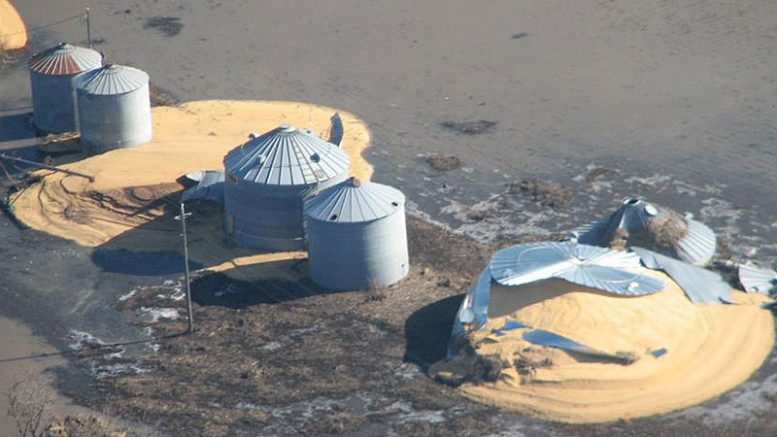Severe flooding caused devastation for farmers across the Midwest in the spring of 2019. The March 7th Sustainable, Secure Food blog explores the effects flooding has on farms and the steps taken to recover.
Blogger John Wilson explains, “In the spring of 2019, a perfect storm of conditions led to severe flooding across the Midwest. Farmers in many states had to delay spring planting because fields were too wet.”
Rapid snowmelt, precipitation and flooded waterways played into the problem. “The results were catastrophic; some farms still had standing water 6 months later,” says Wilson. “Floods have long-term impacts.”
Issues farmers must address after flooding include:
- Sediment and debris
- Erosion repair
- Soil repair and nutrient management
- Crop repair
“Repairing farm fields after floods is possible, but it can be time-consuming and labor-intensive,” says Wilson. “Patience is a virtue when bringing flood-damaged cropland back into production. Inventorying what needs to be done and planning your course of action is critical for flood recovery.”
To learn more about how flooding impacts farmers, read the new Sustainable, Secure Food blog: sustainable-secure-food-blog.com/2020/03/07/how-does-flooding-affect-farms


